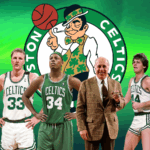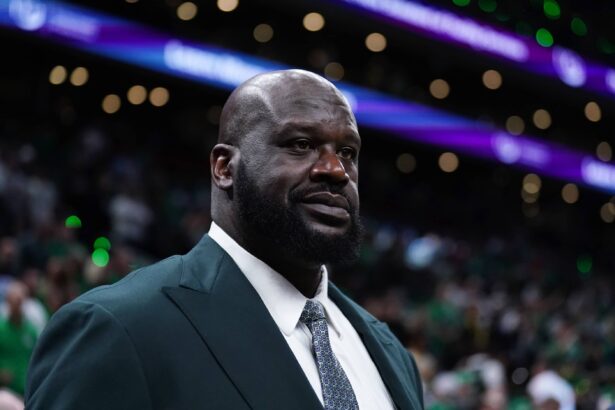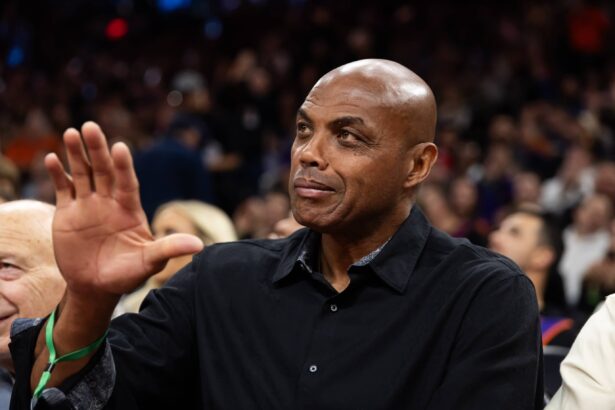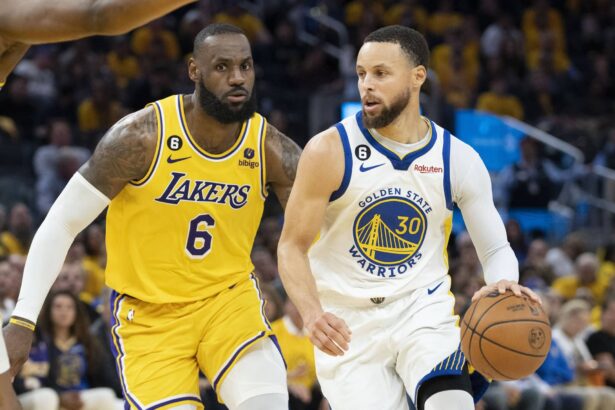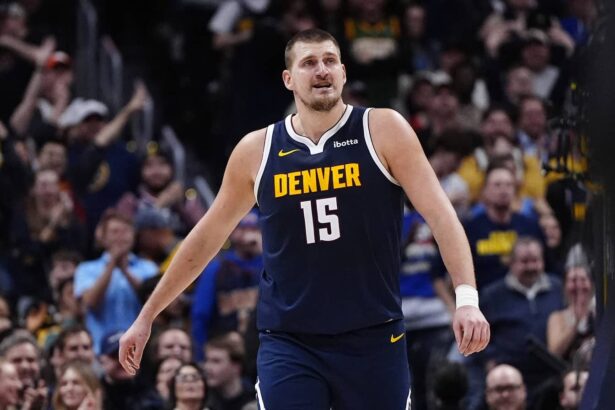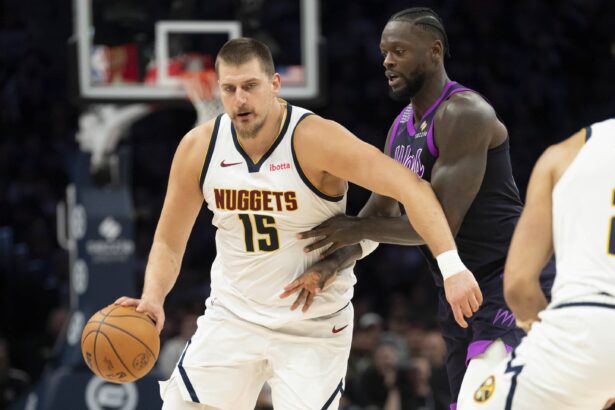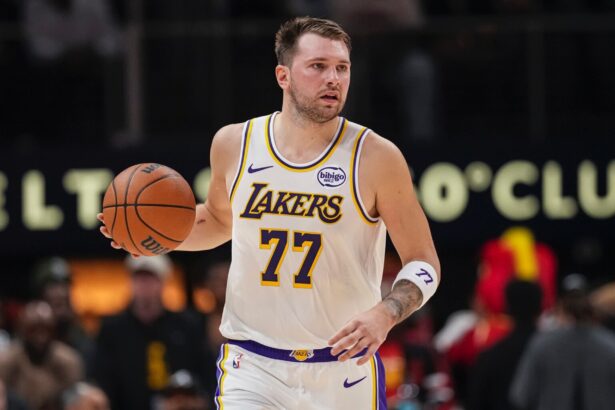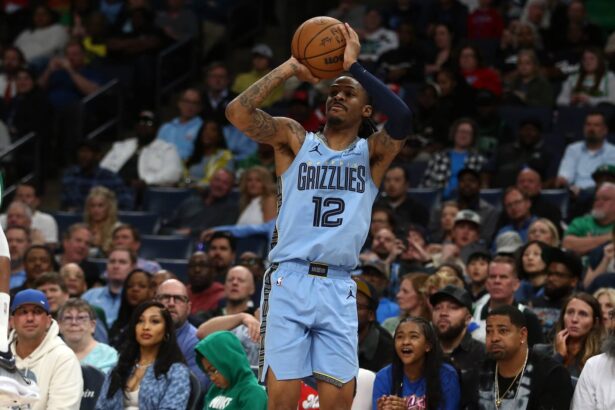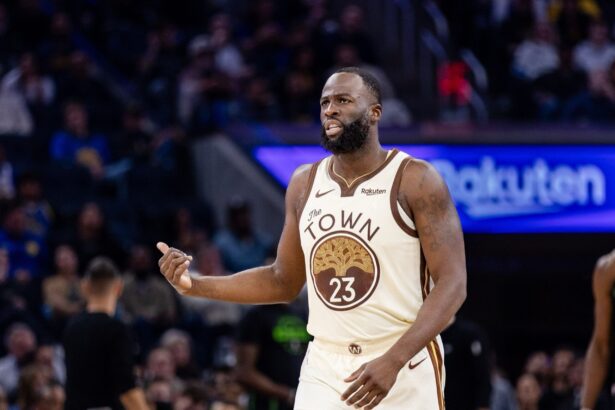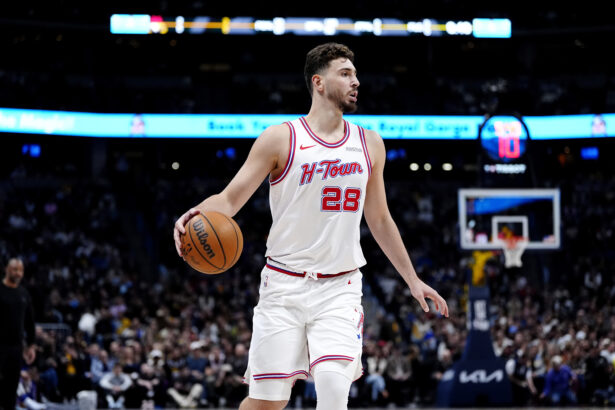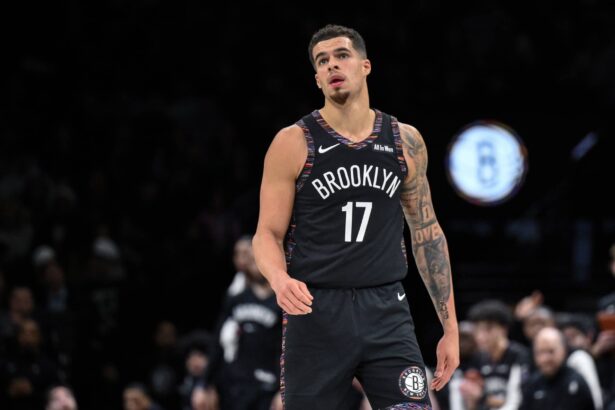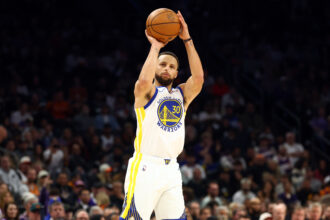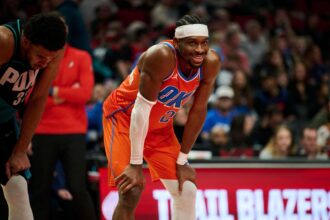In a recent episode of ‘GilsArena,’ former NBA star Gilbert Arenas passionately explained why he believes 1990s basketball was subpar, describing it as a period in which scoring was scarce and foul-heavy play was the norm. Arenas, known for his sharpshooting and scoring ability, began by emphasizing the lack of scoring in that era, stating, “NOBODY COULD SCORE, EVERYBODY FOULING.” He highlighted the prevalent issue of low-scoring games during that time.
“Gary Payton first four years in the league, he was shooting 20 percent. He shot 125 threes. They moved the line two feet he shot 915 threes in the next three years. This is what I knew they needed scoring. If you’re telling me that I’m taking all the shots with my skill set and these guards, with 28-inch vertical, what am I dealing with here?”
90s HOOPS WAS TRASH. 🚮🗑️
NOBODY COULD SCORE EVERYBODY FOULING 🤣🤣🤣🤣🤣🤣🤣🤣 pic.twitter.com/8Kyx7fjAHQ
— Gil’s Arena (@GilsArenaShow) October 12, 2023
Arenas then pointed to the example of Gary Payton’s early career shooting woes, stating that in Payton’s first four years in the league, he had a dismal 20 percent shooting percentage. However, when the three-point line was moved two feet back, Payton adapted by attempting 915 three-pointers in the following three years. This transition in Payton’s game reflected the pressing need for scoring in the league at that time.
Arenas concluded by contrasting his own skill set as a scorer with the challenges faced by guards who had a limited vertical leap. His comments reflect a broader sentiment that the 1990s era was characterized by low-scoring games and a more physical style of play, with a focus on defense and fouling.
Was 90s Basketball Really That Bad?
The 1990s are often remembered as a significant era in the history of the NBA, and opinions about the quality of basketball during that time can be quite polarized. While some fans and analysts argue that 90s basketball was “bad” due to lower-scoring games and a more physical style, others view it as a unique and memorable period in the sport’s evolution.
Critics of 90s basketball often point to the lower average scores in games compared to other eras. The era was characterized by tight defense, hand-checking, and more aggressive, physical play, leading to fewer high-scoring contests. Teams placed a strong emphasis on protecting the rim and slowing down the pace of play, which could result in games with scores in the 80s or 90s rather than the high-scoring affairs seen in other eras.
However, many fans and experts also appreciate the 90s for the competitiveness, rivalries, and memorable moments it brought to the NBA. Iconic players like Michael Jordan, Hakeem Olajuwon, Karl Malone, and John Stockton made their mark during this era. Legendary teams such as the Chicago Bulls and Houston Rockets achieved multiple championships, and epic playoff battles between teams like the Bulls and the New York Knicks added to the drama.
In the end, whether 90s basketball was “bad” or not is subjective and often depends on one’s personal preferences. While it may not have been characterized by the high-scoring games seen in other eras, it left an indelible mark on the history of the NBA and remains a point of nostalgia for many basketball fans.
Can The ’90s Defense Comepte With The High Powered 2020s Offenses?
The comparison between the defense-oriented 1990s NBA and the high-powered offenses of the 2020s is a fascinating one, showcasing the evolution of basketball strategies and playing styles over the years. While both eras have their own unique strengths, the question of whether the 90s defense can compete with the 2020s offenses raises some intriguing points.
In the 1990s, the defense was characterized by physicality, hand-checking, and a focus on protecting the paint. Teams like the Detroit Pistons’ “Bad Boys” and the Chicago Bulls were known for their smothering defense. However, rule changes, such as the elimination of hand-checking, have shifted the game toward a more offense-friendly environment in the modern NBA. The 2020s feature an emphasis on three-point shooting, fast-paced play, and floor spacing, which has given rise to high-scoring games and incredible offensive performances.
While the defensive schemes of the 1990s were effective within their era, the adaptation of the modern game to emphasize pace, spacing, and versatility has challenged the traditional 90s defense. In today’s NBA, offenses utilize three-point shooting, ball movement, and analytics to exploit defensive weaknesses and create open shots. The modern game demands more athleticism and versatility on the defensive end, focusing on perimeter defense and rim protection.
Ultimately, it’s challenging to definitively say whether ’90s defense can compete with 2020s offenses, as both eras have their own advantages. The contrast between them highlights the evolution of basketball strategy, where defense must continually adapt to counteract the offensive innovations of each generation.
We sincerely appreciate and respect you as a reader of our site. It would help us a lot if you follow us on Google News because of the latest update.
Thanks for following us. We really appreciate your support.





